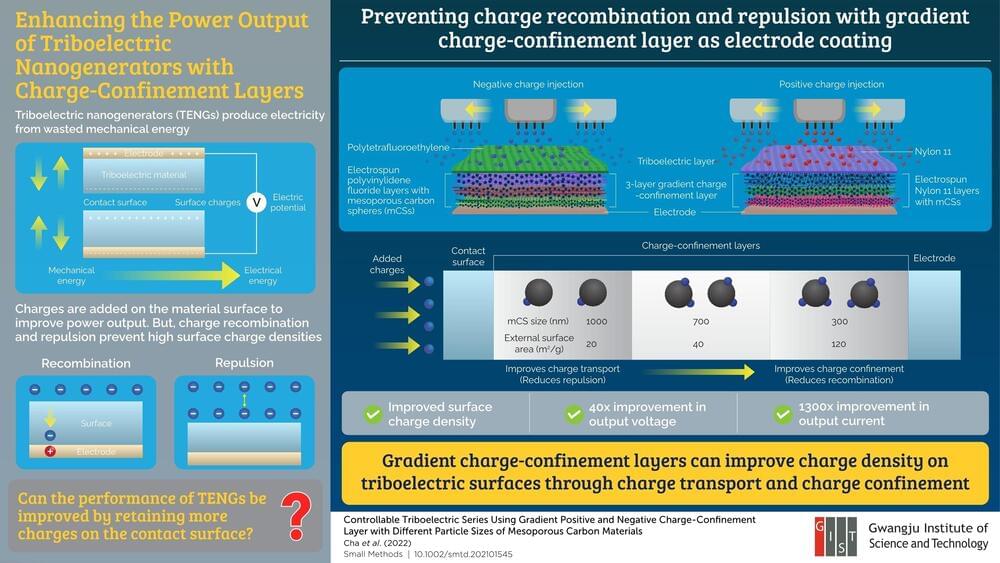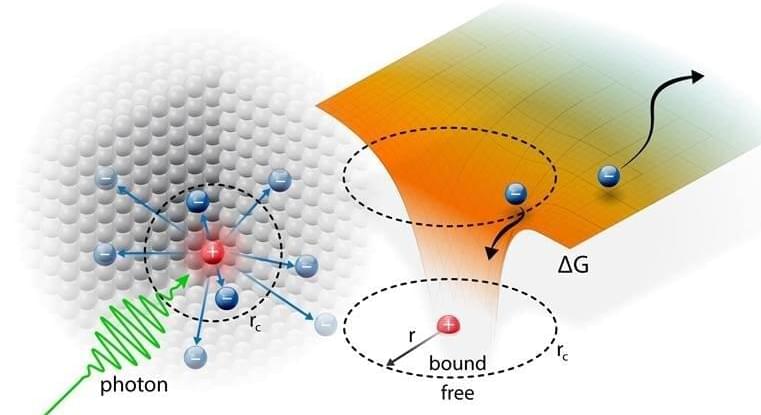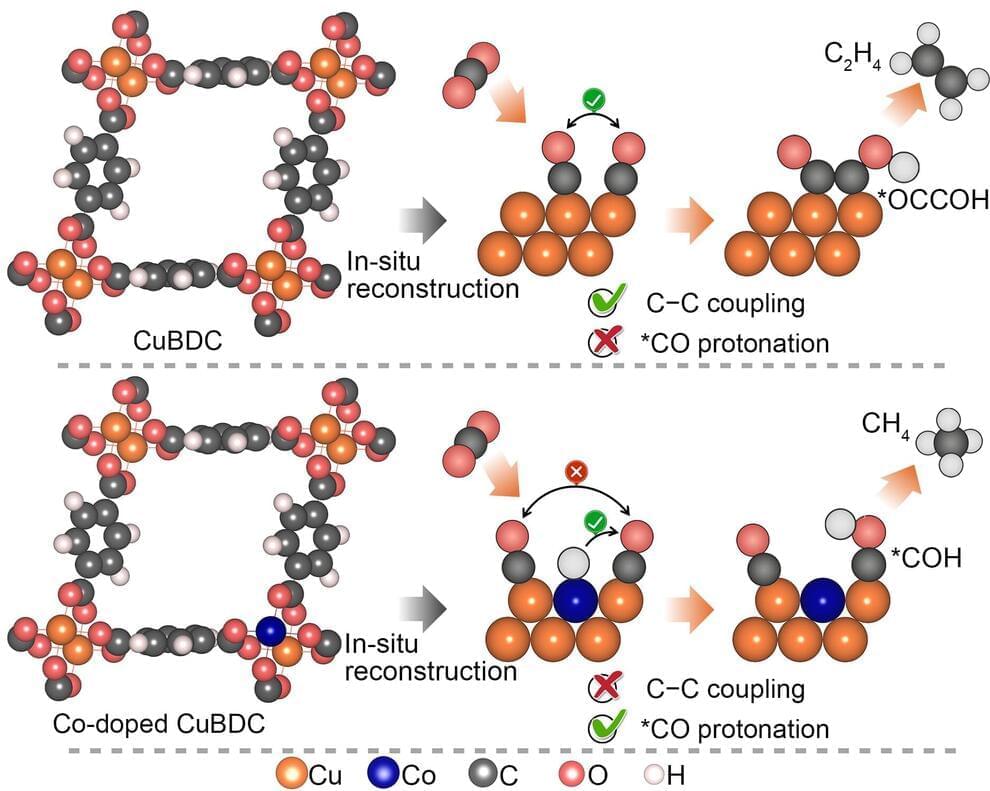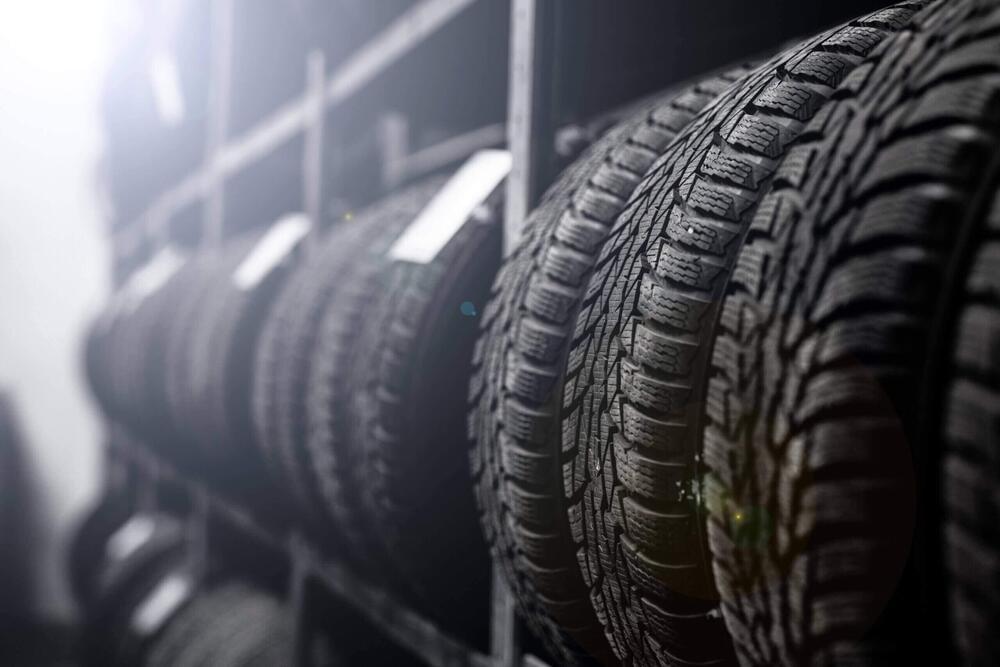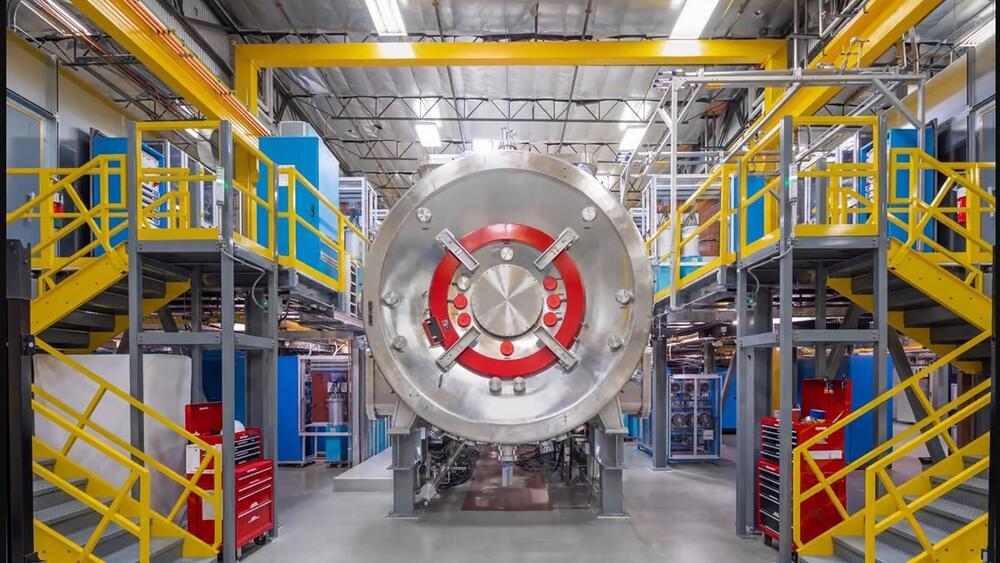Musk responded to a question on Twitter as to whether he’d launch his own site by simply tweeting “X.com” on Tuesday. The comment came after it was revealed that the billionaire had sold 7.92 million Tesla shares worth $6.9 billion ahead of the very real chance he could be forced to purchase Twitter.
“In the (hopefully unlikely) event that Twitter forces this deal to close *and* some equity partners don’t come through, it is important to avoid an emergency sale of Tesla stock,” Musk said about the sale on Twitter.
It’s not the first time that the billionaire has hinted at launching a direct competitor to Twitter. Ahead of his Twitter takeover offer, Musk told Twitter CEO Parag Agrawal he had considered creating his own platform.


